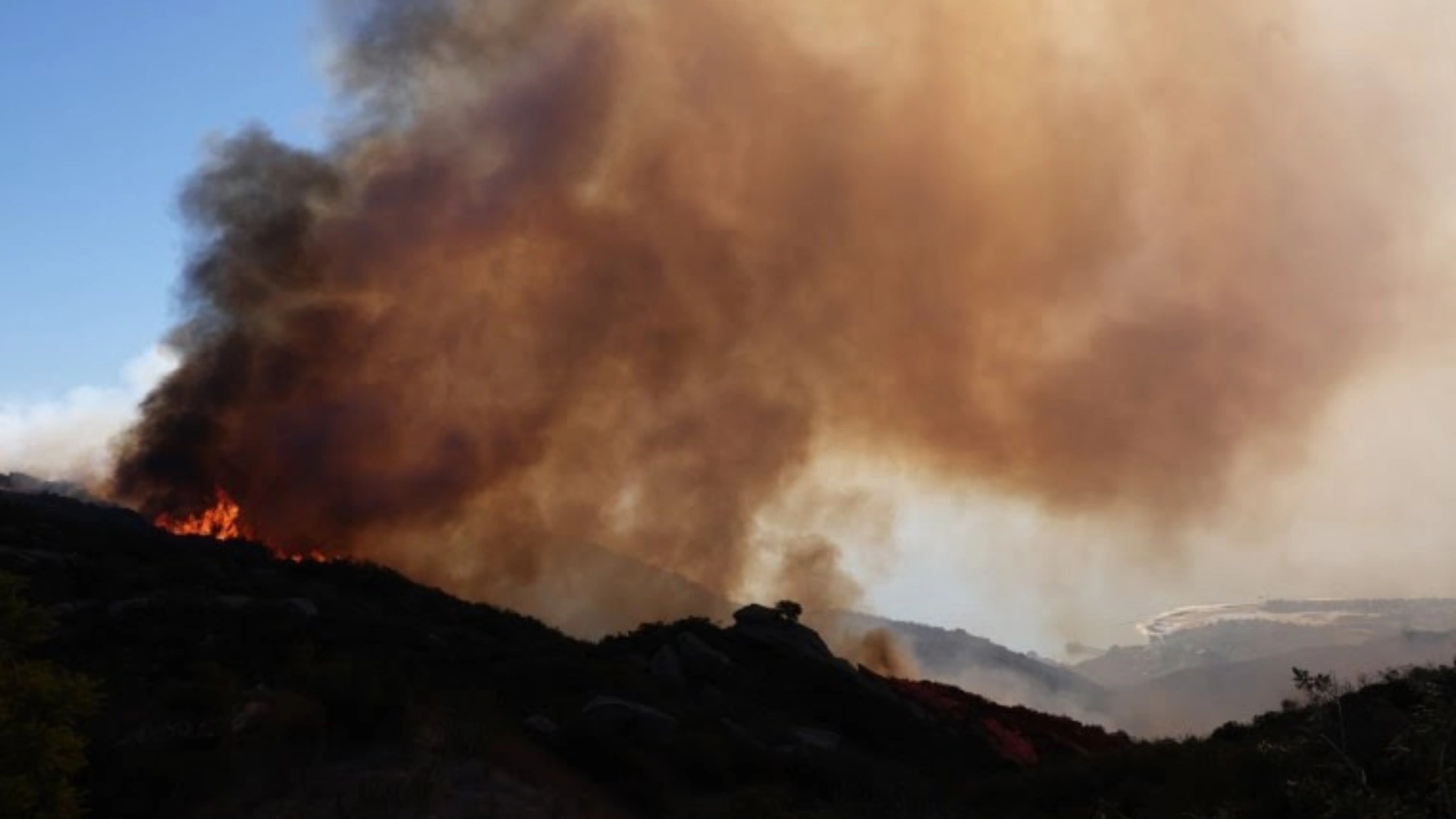Southern California is battling intense wildfires fueled by record-breaking winds and dry conditions, prompting evacuations and dire warnings from authorities.
The Pacific Palisades Fire, which erupted on Tuesday morning, has already scorched 200 acres and forced the evacuation of residents in the affluent neighborhood west of downtown Los Angeles.
Palisades Fire Sparks Emergency
The fire was reported around 11 a.m. local time near Palisades Drive and quickly spread due to the fierce Santa Ana winds. With gusts reaching up to 80 mph and expected to peak at 100 mph in the mountainous regions, firefighters are struggling to contain the blaze.
Evacuation orders have been issued for residents between Piedra Morada Drive and Pacific Coast Highway, with officials urging the public to heed warnings immediately. The fire has already destroyed multiple homes and closed a section of the Pacific Coast Highway, a vital artery for the region.
“Particularly Dangerous Situation” Red Flag Warning
The National Weather Service (NWS) issued a rare “Particularly Dangerous Situation” (PDS) Red Flag warning for 19 million residents across Southern California. This alert signals the combination of extreme wind, low humidity, and critically dry vegetation that poses a heightened risk of uncontrollable wildfires.
Rich Thompson, a meteorologist with the NWS, described the conditions as “about as bad as it gets in terms of fire weather.”
Statewide Preparations
Governor Gavin Newsom has preemptively mobilized state resources, deploying 65 fire engines, seven water tenders, seven helicopters, and 109 specialized firefighters to assist local teams.
Power companies, including Southern California Edison, are preparing to cut power to nearly 419,000 customers to prevent electrical lines from sparking fires.
The Santa Monica-Malibu Unified School District has closed schools in Malibu, and Los Angeles Unified School District has restricted outdoor activities for students.
The current crisis follows an exceptionally wet season that spurred abundant vegetation growth, now dried out due to prolonged heat and low humidity.
Experts warn that these conditions, combined with the high winds, create a perfect storm for wildfires.
Daniel Swain, a climate scientist at UCLA, remarked, “We really haven’t seen a season as dry as this one follow a season as wet as the previous one.”
High-Risk Areas on Alert
Communities in the San Fernando Valley, along the 118 and 210 highways, and in the San Gabriel Valley are at heightened risk. These areas, already prone to wildfires, are bracing for further impacts as winds intensify.
ALSO READ: McDonald’s Ends Specific Diversity Targets, Rebrands DEI Team






















